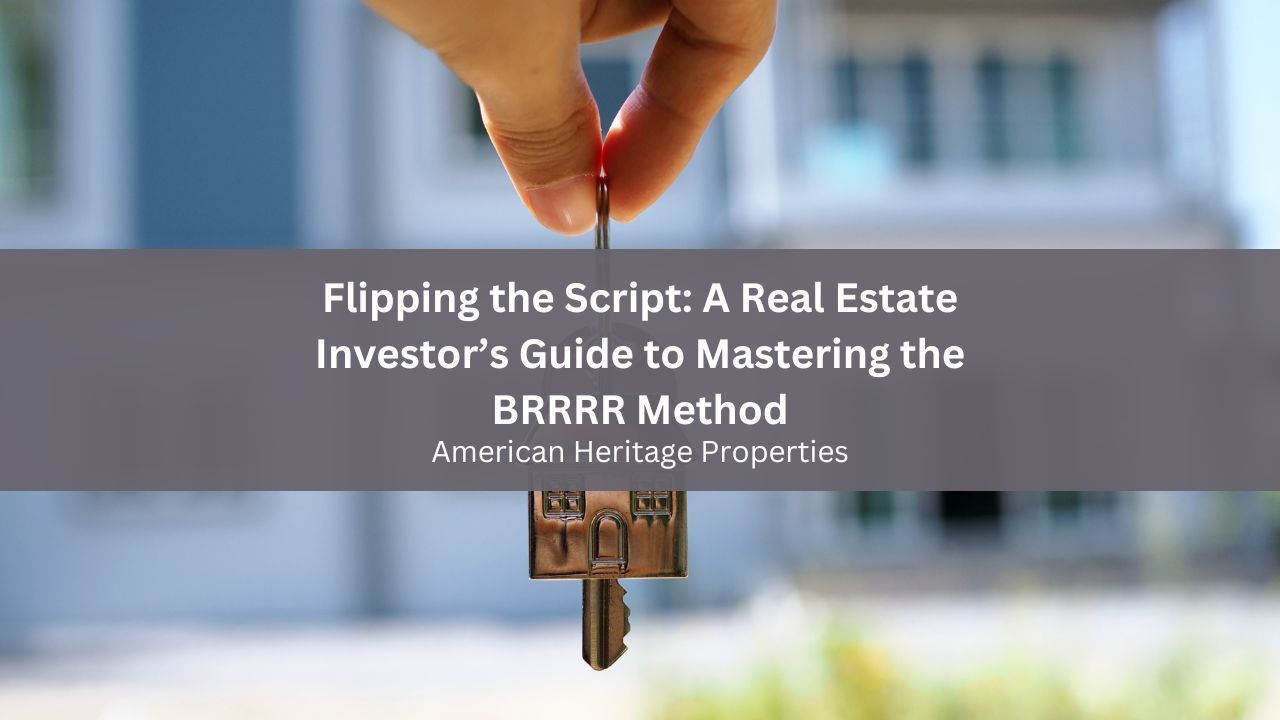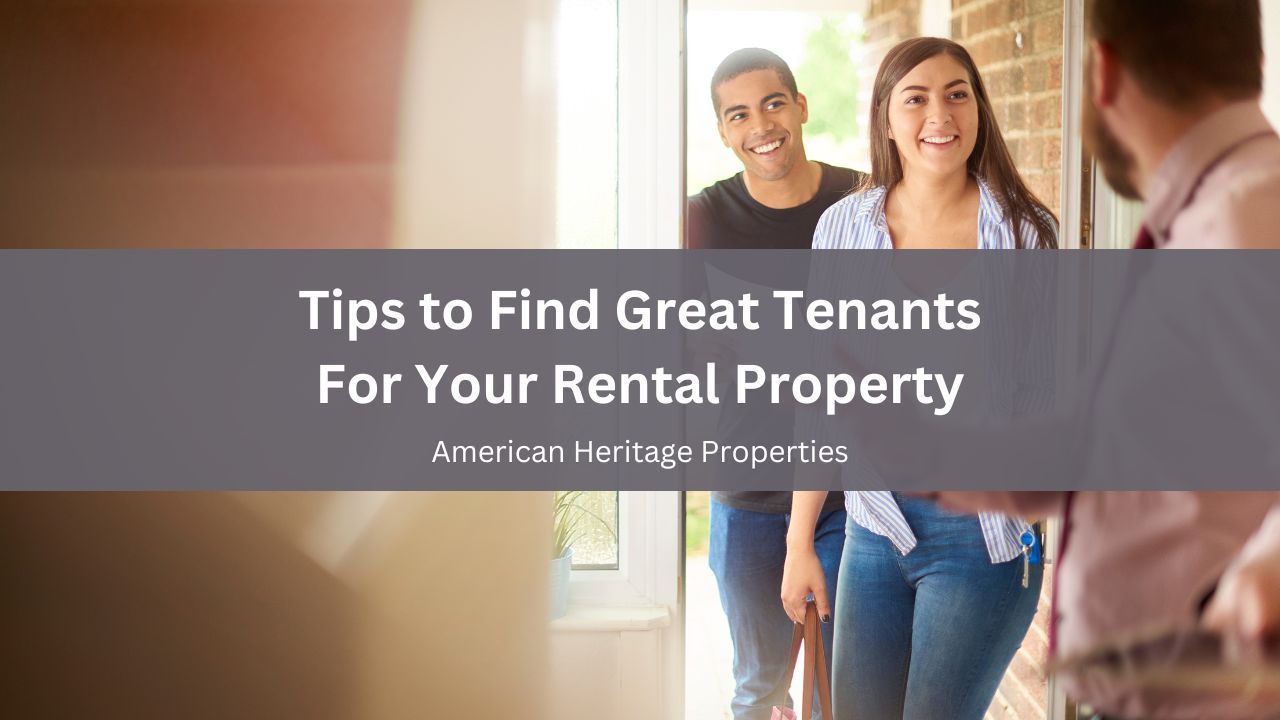
Navigating Independence: A Beginner's Guide to Living Alone
This is a subtitle for your new post

Navigating Independence: A Beginner's Guide to Living Alone
Stepping into independent living can be a thrilling yet intimidating journey. It's a monumental transition toward adulthood that calls for strategic planning and readiness. The following tips will help you navigate this exciting yet challenging path.
Securing the Perfect Place
The first step of your solo journey entails finding the right home. This is more than just picking an apartment or house; it's about choosing the right community. Consider factors such as safety, proximity to your workplace or educational institution, access to public transport, and availability of crucial amenities like grocery stores and healthcare services. Don't overlook the importance of feeling a personal connection to the area. Spend some time exploring local parks, cafes, and community events to see if it's a place where you could truly feel at home. The perfect place is not just about practicality but also about choosing a space that resonates with your lifestyle and aspirations. When you’re ready to find a comfortable San Diego rental, get in touch with American Heritage Properties!
Finding Pet-Friendly Accommodations
If you plan to bring a pet along, confirming that your new space is pet-friendly is essential. Many housing complexes have strict policies concerning pets, including limitations on breeds, sizes, and quantity. Always double-check these rules before signing a lease to avoid any future issues. Furthermore, consider the surrounding environment and whether it suits your pet. Are there nearby parks or open spaces where your pet can exercise? Is the neighborhood safe for early-morning or late-night walks? These factors can significantly influence your pet's happiness and well-being in your new home.
Choosing the Right Roommate
Living alone can be financially challenging, especially when you're starting. Having a roommate can help share the costs and offer companionship. However, finding someone compatible is critical. Discuss habits, lifestyle choices, and mutual expectations before living together. Remember, clear communication from the outset can prevent misunderstandings and conflicts, making your shared living situation more enjoyable and harmonious.
Keeping Your Space Tidy
Maintaining cleanliness in your home is fundamental for both your physical well-being and mental peace. Establish a consistent cleaning schedule that fits your routine. Whether daily tidying or a comprehensive cleanup every weekend, a clean home always offers a more comfortable and inviting environment. In addition, having a clean and organized space can boost your productivity, reduce stress, and make your overall living experience more enjoyable. Learn about some essential cleaning tips and products at Cleaner Digs.
Creating a Comprehensive Budget
Managing finances is one of the most daunting aspects of living alone. Creating a detailed budget can help you monitor your income and expenses. Include everything from rent, utilities, and groceries to personal spending, and don't forget to set aside some funds for unexpected expenses and savings. Regularly review and adjust your budget, as your financial situation and goals may change over time. This practice will keep your spending in check and ensure that you are on track to meet your financial objectives.
Go Digital
In today's digital age, having electronic versions of all crucial documents is necessary. Use an online PDF conversion tool to turn your documents into PDF format. You may consider this to keep your documents organized and make them easily accessible and shareable when required, including IDs, insurance papers, lease agreements, etc. Backing up these digital documents on a cloud storage platform can provide an extra layer of security against data loss due to computer failures or mishaps. Keep your cloud storage credentials secure and periodically update the backup to include newly acquired essential documents.
Transitioning to living independently for the first time is a significant milestone filled with learning experiences and growth opportunities. While it may seem overwhelming initially, with careful planning and preparation, you can confidently navigate this new chapter of your life. Remember, independence is not just about freedom; it's also about embracing responsibility. Enjoy this exciting phase of life and make the most of your newfound independence.
he body content of your post goes here. To edit this text, click on it and delete this default text and start typing your own or paste your own from a different source.

Contact Us
How can we help you?
Contact Us—Site footer
We will get back to you as soon as possible.
Please try again later.
american heritage properties
CA DRE# 00814073/01209427
9988 Hibert St, STE 300
San Diego, CA 92131
(858) 695-1643
Quick Links
Areas We Serve
Allied Gardens | Bankers Hill |
Bay Park |
Bonita | Cardiff |
Carlsbad |
Carmel Mountain Ranch | Carmel Valley |
Chula Vista | Clairemont | College |
College Grove |
Del Cerro |
Del Mar | Del Sur | Eastlake |
El Cajon |
Encinitas |
Escondido |
Fashion Valley |
Fletcher Hills |
Hillcrest | Kensington | La Costa |
La Jolla |
La Mesa | Lemon Grove | Leucadia | Linda Vista | Kearny Mesa | Mira Mesa | Mission Hills | Mission Valley | Mission Village | Normal Heights | North Park |
Ocean Beach |
Oceanside | Otay Ranch |
Pacific Beach | Paradise Hills | Penasquitos | Point Loma |
Poway |
Rancho Bernardo | Rancho San Diego | Rolando | Sabre Springs |
San Diego | San Carlos | San Elijo Hills |
San Marcos |
Santee | Scripps Ranch | Serra Mesa |
Spring Valley | Solano Beach | Sorrento Valley | Stonecrest Village | Talmadge | Tierrasanta | Torrey Highlands |
University City | University Heights |
Vista | 4S Ranch








